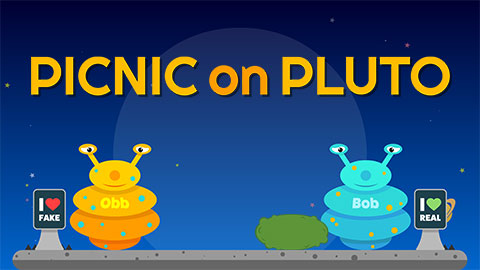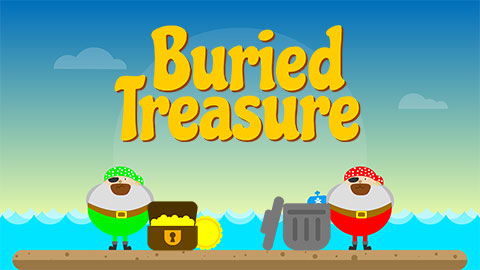_20220726215729327.png?width=1920&height=1080&scale=LIMIT_MAXSIZE)
Year 2 pupils who did not pass the 2023 screening will take the check in June 2024, alongside year 1 pupils. Please see below helpful resources to support your child to read real and alien words.
What is the Phonics Screening Check?
The phonics screening check is a quick and easy check of your child's phonic knowledge. It helps teachers to confirm whether your child has reached the expected standard and to plan next steps for their future learning.

What are 'pseudo words'?
The check will contain a mix of real words and 'non-words' or 'pseudo-words' (or nonsense/alien words). Children will be told before the check that there will be non-words that he or she will not have seen before. The children will already be familiar with this through their phonics lessons. Non-words are important to include because words such as 'vap' or 'jound' are new to all children. Children cannot read the non-words by using their memory or vocabulary; they have to use their decoding skills.
1. Break down the sounds of the words by adding sound buttons and digraph/trigraph lines. Developing this skill will help to read the words accurately instead of guessing.
2. Play hands-on snap, treasure hunt, look-cover-write and word building games
3. Practise our online games (Children will be screened on Phase 2 - Phase 5 words)
_20220726215445302.png?width=1920&height=1080&scale=LIMIT_MAXSIZE)



_20220726215314298.png?width=1920&height=1080&scale=LIMIT_MAXSIZE)
It's important not to pronounce the 'uh' at the end such as 'Tuh' for the sound 'T' or 'Suh' for the sound 'Sss'. This extra 'uh' is called a 'shwa' and it makes it difficult for children to make the pure sound ready for accurate blending and spelling. Please follow the link below to see how to correctly say all sounds.

_20220726215608374.png?width=1920&height=1080&scale=LIMIT_MAXSIZE)

We use the supersonic phonics programme. We learn spelling patterns and phonics through hands on learning, repetition and through fun characters. See our flashcards and phonics characters below.
_20220726215651366.png?width=1920&height=1080&scale=LIMIT_MAXSIZE)
Phoneme - The smallest unit of sound eg. c or a There are approximately 44 phonemes in English (it depends on different accents). Phonemes can be put together to make words.
Grapheme - A way of writing down a phoneme. Graphemes can be made up from 1 letter e.g. p, 2 letters e.g. sh, 3 letters e.g. tch or 4 letters e.g ough.
Digraph - A grapheme containing two letters that makes just one sound (phoneme) eg. sh
Trigraph - A grapheme containing three letters that makes just one sound (phoneme) eg. igh.
Blending- This involves looking at a written word, looking at each grapheme and working out which phoneme each grapheme represents and then merging these phonemes together to make a word. This is the basis of reading eg. d-o-g is dog!
Segmenting - This involves hearing a word, splitting it up into the phonemes that make it, using knowledge of GPCs to work out which graphemes represent those phonemes and then writing those graphemes down in the right order. This is the basis of spelling. eg. dog is d-o-g
Sound Buttons - we sometimes put little dots/beans under each phoneme/letter to help us sound out each phoneme when reading.
Tricky Words/Super Power Words/Sight Words - words which cannot be sounded out correctly using the Jolly Phonics sounds. The only way these words can be read and spelled correctly is by learning them and having plenty of practice eg. the, to, go
_20220726215522689.png?width=1920&height=1080&scale=LIMIT_MAXSIZE)
These are words that aren't always fully-decodable so need to be frequently practised and memorised. Children are expected to be able to spell and read these words fluently. Please see the expected Year 1 Spelling and Year 2 Spelling lists.
_20220726215259905.png?width=1920&height=1080&scale=LIMIT_MAXSIZE)
